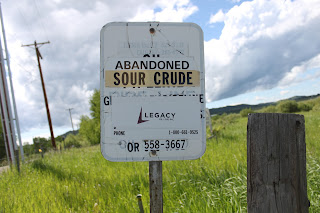Sand consumption worldwide reaches crisis stage
B. McPherson
Sand mafia are stealing people's homes
Who would have thought that sand and gravel was in short
supply around the globe? Aggregates are as common as dirt, right? Apparently
not so and the UN Environmental Programme is sounding the alarm, saying that
the extraction of aggregates at this pace is not sustainable. The extraction is
also causing widespread environmental damage.
Our modern world relies on the use of sand and gravel in
many ways. As much as 59 billion tonnes of the material is mined every year.
Sand is the result of millions of years of erosion and wearing away of bedrock.
Gravel is just part way in that process. The trade in sand and gravel is a
multibillion dollar business, estimated to be in excess of $18 billion each
year.
Sand mining is usually done as open pit. Sources for sand
may be dunes, beaches, dredged from rivers and glacial deposits. The sand may
contain valuable minerals that can be sifted out to use in the chemical
industry.
The US has a massive
deposit of silica sand that is funneled into the oil and gas industry to use in
fracking. By far the most common use for sand and gravel is in making concrete.
Concrete is a mixture of cement, water, sand and gravel. For every tonne of
cement used six to seven tonnes of sand and gravel are used. When you think of
all the tall buildings being constructed around the world, the scale of
consumption starts to become clear.
Qatar, China and India are currently the biggest consumers
of sand and gravel. You might well ask why Qatar doesn’t use desert sand in
their construction as they have a large supply of it. The wind rounds the
grains and makes it unsuitable for binding.
There are environmental and economic consequences when the
mining of sand and gravel is not done responsibly. Beach erosion may drive away
tourists but the removal of protective dunes may lay homes and property open to
storm damage. The living organisms that would live in the sand are destroyed.
Consequences of sand
extraction
·
Biodiversity loss
·
Land losses due to material being carted away
·
Water changes, increase in turbidity, water
table changes
·
Climate changes mainly due to cement production
which produces much CO2
·
Loss of protection from extreme events like
storm surges
Sources:

Comments
Post a Comment